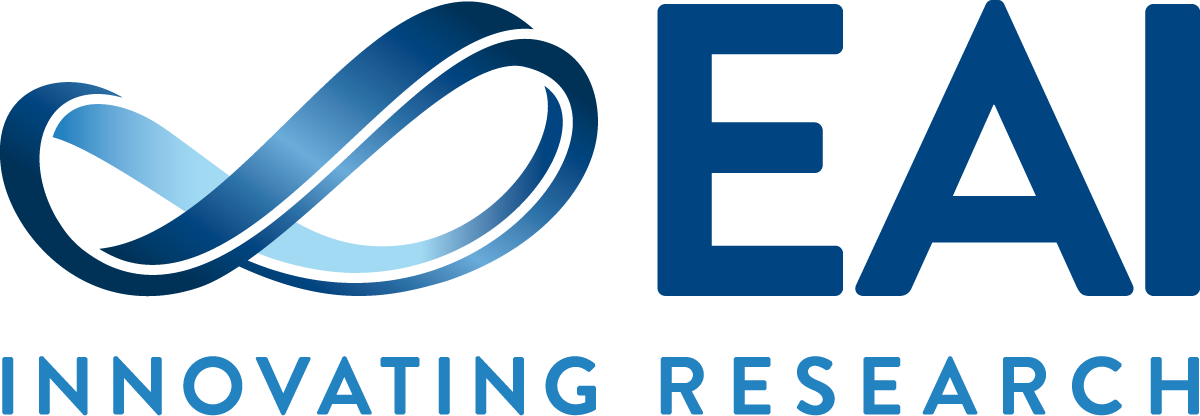Original news release was issued by University of Washington, written by Jennifer Langston.
A significant part of the population in developing countries suffer from a chronic lung illness, most often asthma or cystic fibrosis. Convenient health care may be hard to come by in these parts of the world, but most people there do have access to a phone of some description, which is now on enough to reliably measure lung function.
That’s why University of Washington computer science and engineering and electrical engineering researchers have developed SpiroCall, a new health sensing tool that can accurately measure lung function over a simple phone call. It is designed to function on any phone, be it any old cell phone or landline.
The paper shows that SpiroCall’s results came within 6.2 percent of results from clinical spirometers used in hospitals and doctor’s offices, meaning it meets the medical community’s standards for accuracy.
The patients take a deep breath in and exhale as hard and fast as they can until they can’t exhale any more. The phone’s microphone senses sound and pressure from that exhalation and sends the data to a central server, which uses machine learning algorithms to convert the data into standard measurements of lung function.
“People have to manage chronic lung diseases for their entire lives,” said lead author Mayank Goel, a UW computer science and engineering doctoral student. “So there’s a real need to have a device that allows patients to accurately monitor their condition at home without having to constantly visit a medical clinic, which in some places requires hours or days of travel.”
Over the last four years, the team has collected data from more than 4,000 patients who have visited clinics in Seattle and Tacoma as well as in India and Bangladesh, where clinicians have measured lung function using both SpiroSmart and a commercial spirometer. That comparative data has improved the performance of the machine learning algorithms and laid the groundwork for team’s current FDA clearance process.
SpiroCall transmits the collected audio using a standard phone channel — as opposed to a sound file that is transferred by a smartphone app over the Internet. The team combined multiple regression algorithms to provide reliable lung function estimates despite the degraded audio quality.
Future steps for the research team include additional data collection and figuring out how best to communicate test results in a way that will make sense to patients.
“Our research area is not just about sensing, but human-centered sensing,” Goel said. “Because this project has been around for four years, we’ve been able to talk to a lot of patients about how they’re able to use the technology, and that feedback has really helped us make smart improvements.”

